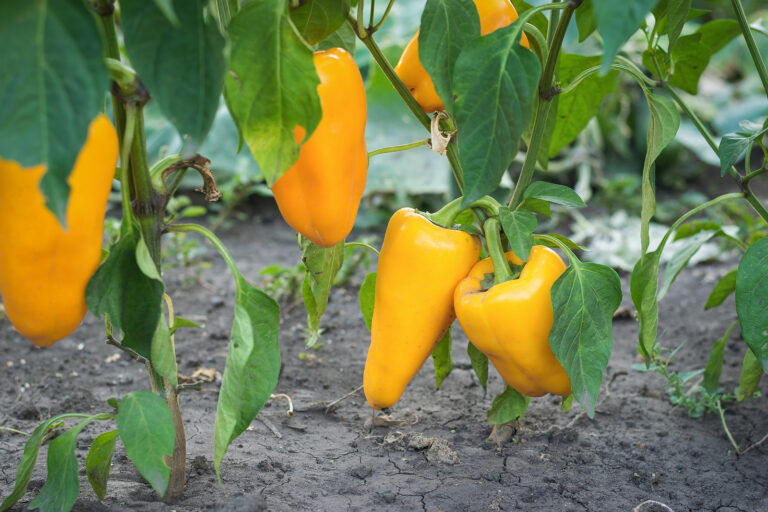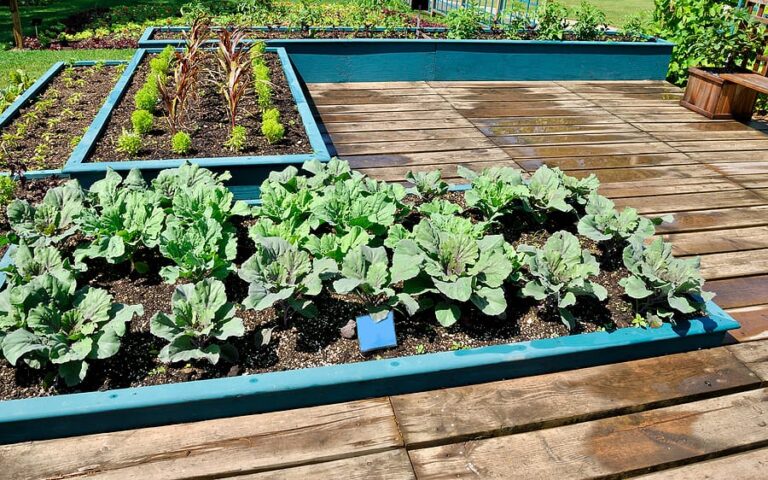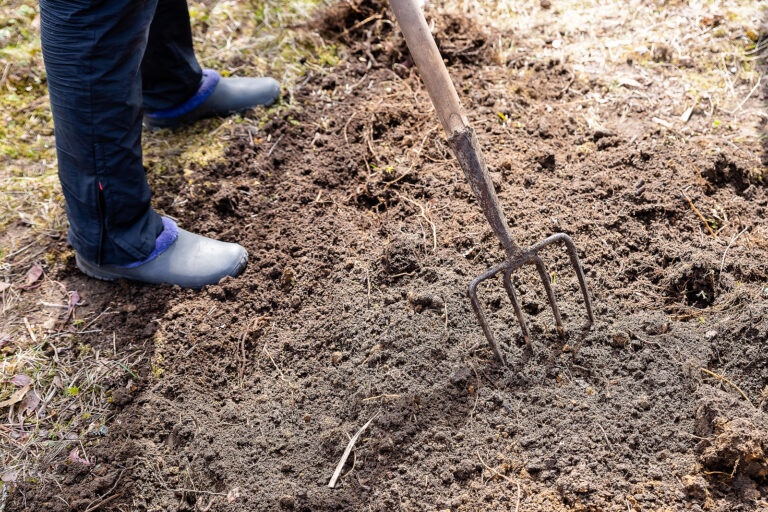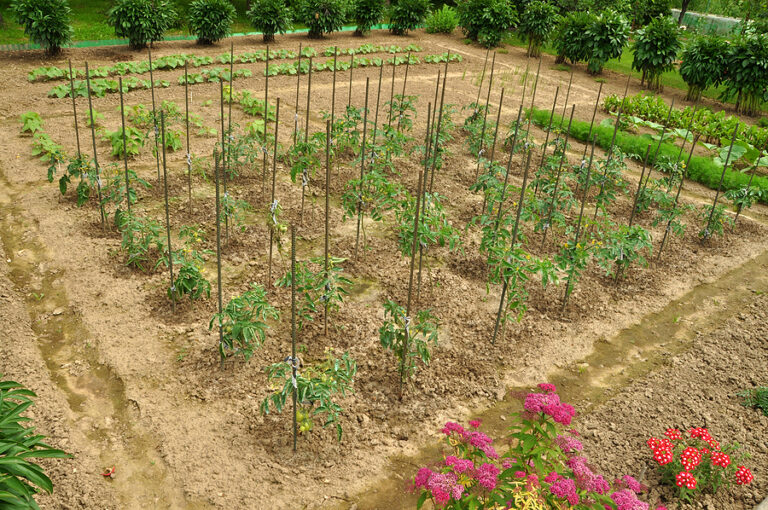Square Foot Gardening Basics
Square Foot Gardening (SFG) is a method of gardening that maximizes space and minimizes effort by dividing a garden into small, manageable squares, typically one square foot each. It was popularized by Mel Bartholomew in his 1981 book Square Foot Gardening, which aimed to simplify gardening for beginners and reduce common problems like weeding, watering, and overcrowding. The method focuses on growing high-yield plants in a limited area, making it suitable for urban environments, small backyards, or even balconies.
Square Foot Gardening involves using raised beds divided into grids of one-foot squares, with each square dedicated to a specific plant. The grids make it easy to manage individual plants’ needs and enable gardeners to practice crop rotation, companion planting, and succession planting more efficiently. The technique encourages gardeners to think critically about spacing, plant selection, and soil health, leading to sustainable and productive gardening practices.

How to Get Started with Square Foot Gardening
To start a Square Foot Garden, follow these 10 steps:
1. Choose the Right Location
Select a location that gets at least 6-8 hours of sunlight daily, as most vegetables and herbs need full sun to thrive. If you live in an area with limited sunlight, choose plants that can tolerate partial shade, such as lettuce, spinach, or kale. Make sure the site is level and has good drainage to avoid water pooling in the garden bed.
2. Build or Buy a Raised Bed
Square Foot Gardening typically uses raised beds to improve soil quality and drainage. The beds can be made from various materials, such as wood, metal, or composite materials, but untreated wood is the most common and cost-effective choice. Here’s how to build a simple raised bed:
- Materials Needed: Four wooden boards (each 4 feet long and 6 inches high), wood screws, and a drill.
- Steps to Build:
- Screw the boards together to form a 4×4-foot square bed.
- Place the bed on level ground in your chosen location.
- If you have gophers or other pests, place a mesh or hardware cloth underneath to keep them out.
The 4×4-foot size is ideal as it allows easy access to the entire bed from all sides without stepping on the soil, which helps prevent soil compaction.
3. Prepare the Soil
Square Foot Gardening uses a special soil mix known as “Mel’s Mix,” which consists of one-third compost, one-third peat moss (or coconut coir as an eco-friendly alternative), and one-third coarse vermiculite. This combination provides excellent drainage, aeration, and nutrient content. Here’s how to prepare it:
- Compost: Use a blend of different compost types (e.g., homemade compost, mushroom compost, or worm castings) for a diverse nutrient profile.
- Peat Moss or Coconut Coir: Acts as a soil conditioner, retaining moisture and improving the soil’s texture.
- Vermiculite: Enhances drainage and aeration.
Mix the components thoroughly before filling the raised bed. This soil mix eliminates the need for chemical fertilizers, supports healthy root growth, and retains enough moisture for most plants.
4. Create the Grid
Once the raised bed is filled with soil, divide the surface into 16 equal squares using string, wood slats, or bamboo sticks to create a grid. Each square represents one square foot. The grid will help guide plant spacing and placement, ensuring the plants are not overcrowded.
5. Select Plants and Plan the Layout
Choose plants suited for your climate and the amount of sunlight your garden receives. Planting a variety of vegetables, herbs, and flowers can encourage beneficial insects and deter pests. Different plants have different space requirements, and in Square Foot Gardening, spacing is based on the mature size of the plant. Here’s a general guide for planting:
- One plant per square: Large plants like tomatoes, broccoli, cabbage, or peppers.
- Four plants per square: Medium-sized plants like lettuce, chard, or marigolds.
- Nine plants per square: Smaller plants like bush beans, spinach, or beets.
- Sixteen plants per square: Very small plants like carrots, radishes, or onions.
Proper plant selection and placement can help with companion planting. For example, marigolds deter pests and can be planted near tomatoes. Basil and garlic can repel certain insects and improve the flavor of nearby vegetables.
6. Planting Seeds or Seedlings
Follow the spacing guide and plant seeds or seedlings in the appropriate squares. For seeds, plant them at the depth recommended on the seed packet. For seedlings, dig a small hole slightly larger than the root ball and gently place the plant in the soil. Water the plants gently after planting.
7. Watering
Square Foot Gardening requires regular but gentle watering. It is best to water in the early morning or late afternoon to reduce evaporation and prevent sunburn on the leaves. Because the raised beds drain well, the soil may dry out faster than in-ground gardens, so check the moisture level daily.
A drip irrigation system or soaker hose can help automate the watering process. Alternatively, use a watering can or hose with a gentle spray nozzle. Be careful not to overwater, as this can cause root rot or attract pests.
8. Maintenance
SFG is relatively low-maintenance, but here are some tasks to keep up with:
- Weeding: The dense planting method suppresses weeds, but any that do sprout should be removed promptly.
- Pest Control: Inspect plants regularly for signs of pests. Use organic methods like handpicking insects, spraying with soapy water, or using natural insecticides.
- Pruning and Harvesting: Some plants, like tomatoes and herbs, may benefit from occasional pruning to promote airflow and prevent disease. Harvest vegetables when they are ready to encourage further production.
9. Rotate Crops and Replant
After harvesting, replant the square with a different type of plant to maintain soil health and prevent disease build-up. For example, if you grew a leafy vegetable, plant a root crop like carrots or beets in that square next. This practice, known as crop rotation, helps manage soil nutrients and pests.
10. Enjoy the Benefits
Square Foot Gardening offers numerous benefits, such as:
- Space Efficiency: Allows gardeners to grow more in a smaller space compared to traditional row planting.
- Time and Effort Saving: Reduces the amount of weeding and watering needed.
- Soil Health Improvement: Uses nutrient-rich soil mixtures that promote healthy plant growth.
- Better Accessibility: Raised beds are easier to reach, making gardening more accessible for people with mobility issues.
Square Foot Gardening is a practical, efficient, and sustainable method suitable for both beginners and experienced gardeners. Its structured approach simplifies the process of growing vegetables, herbs, and flowers, maximizing space while minimizing labor. By following these steps—selecting the location, building a raised bed, preparing the soil, creating a grid, selecting plants, and maintaining the garden—you can successfully grow a productive Square Foot Garden that provides fresh, homegrown produce throughout the growing season.

Square Foot Gardening vs. French Intensive Planting
Both Square Foot Gardening (SFG) and French Intensive Planting aim to maximize productivity in small spaces, but they differ in methodology and overall space efficiency. Here’s a comparison to help determine which is more space efficient and productive.
Square Foot Gardening (SFG)
Overview:
- Square Foot Gardening divides a garden bed into 1×1-foot squares, with each square dedicated to a specific plant. This structured approach emphasizes plant spacing, minimizing wasted space, and organizing the garden efficiently.
- Uses raised beds, which improves soil quality and drainage.
- Relies on a specific soil mix (Mel’s Mix) to provide optimal growing conditions.
- Plants are spaced based on their mature size, with guidelines for how many plants can be grown per square.
Space Efficiency:
- Highly space-efficient, particularly for small gardens. The structured layout ensures that plants are spaced just right, avoiding overcrowding while maximizing yield per square foot.
- The dense planting reduces the need for weeding and helps conserve water by creating a microenvironment within each square.
- Ideal for urban settings, balconies, or small backyards where space is limited.
Productivity:
- SFG can produce a large yield in a small area, making it suitable for home gardeners looking to grow a variety of crops in limited space.
- The use of nutrient-rich soil (Mel’s Mix) ensures that plants have access to essential nutrients, which can enhance productivity.
- Offers flexibility for crop rotation and succession planting, which helps maintain soil fertility and extend the growing season.
French Intensive Planting
Overview:
- French Intensive Planting dates back to 19th-century Paris and involves closely spacing plants in raised beds or double-dug beds to create a dense, layered garden.
- It emphasizes soil preparation, including double digging to improve aeration and root growth, and incorporates a lot of organic matter to build soil fertility.
- The approach focuses on creating microclimates within the garden, where the dense planting helps retain moisture and reduce temperature fluctuations.
Space Efficiency:
- Can be more space-efficient than SFG because it allows for even closer spacing, often with plants slightly overlapping as they mature. The goal is to create a canopy where the plants’ leaves touch each other, forming a living mulch that helps retain moisture and suppress weeds.
- Uses vertical space effectively by employing trellises for climbing plants and companion planting techniques that allow different types of crops to share the same space.
Productivity:
- Generally considered more productive per square foot than SFG because of its emphasis on high-density planting and soil fertility. The double-digging method and addition of organic matter improve root growth and nutrient uptake, which can lead to higher yields.
- Because the method encourages deep soil preparation, the roots can access a greater volume of nutrients and water, which can support larger plants or more abundant harvests.
- The intensive nature of this method requires more labor for soil preparation, but it can lead to continuous harvesting throughout the growing season.
Key Differences and Considerations Square Foot vs. French Intensive Planting
- Space Efficiency:
- French Intensive Planting tends to be more space-efficient because it allows for extremely close planting, often with plants sharing the same growing space. It uses layering and vertical gardening techniques that make better use of all available space.
- SFG is also space-efficient but follows more structured spacing guidelines to avoid overcrowding. While this approach prevents competition for resources, it may not utilize the available space as fully as French Intensive Planting.
- Productivity:
- French Intensive Planting can yield more per square foot due to the close spacing and deep soil preparation. The emphasis on soil health and organic matter incorporation results in nutrient-rich soil that supports larger harvests.
- SFG offers high productivity but may produce slightly lower yields compared to French Intensive Planting because it follows stricter spacing guidelines to prevent overcrowding. However, its ease of maintenance and efficient use of space still make it highly productive, especially for beginners.
- Labor and Maintenance:
- French Intensive Planting requires more initial labor for soil preparation (e.g., double digging) and ongoing management to ensure that the closely planted crops receive adequate care. The dense planting also makes individual plant maintenance, like pruning and harvesting, more challenging.
- SFG is less labor-intensive due to its raised bed approach and the use of Mel’s Mix, which simplifies soil preparation. The grid layout allows for easier management of individual plants.
- Watering and Soil Management:
- French Intensive Planting conserves water well due to the dense planting that creates a canopy, retaining moisture. The soil’s organic matter content also helps with water retention.
- SFG has good water retention thanks to the quality soil mix, but because the plants are slightly more spaced out, it may not retain moisture as effectively as the French Intensive method.
- Suitability for Different Gardeners:
- French Intensive Planting is better suited for experienced gardeners who are willing to put in more effort for potentially higher yields. It is ideal for those who have time and space to prepare and manage the garden meticulously.
- SFG is ideal for beginners, busy gardeners, or those with physical limitations, as it offers a simple, manageable approach with high productivity, albeit slightly lower than that of French Intensive Planting.
Summary
Both Square Foot Gardening and French Intensive Planting are effective methods for maximizing productivity in small spaces. However, French Intensive Planting generally offers greater space efficiency and productivity per square foot due to its emphasis on close planting and deep soil preparation. It can produce higher yields in the same area but requires more labor and experience.
On the other hand, Square Foot Gardening provides a structured, user-friendly approach that maximizes space while keeping maintenance manageable, making it a great choice for beginners or those with limited gardening time. While it may not be as densely planted as French Intensive methods, its productivity remains impressive and consistent with less effort.
Ultimately, the choice between the two methods depends on the gardener’s goals, experience, and willingness to invest time in soil preparation and maintenance.
Related articles:
Narrow Bed, Wide Row Vegetable Garden Planting







